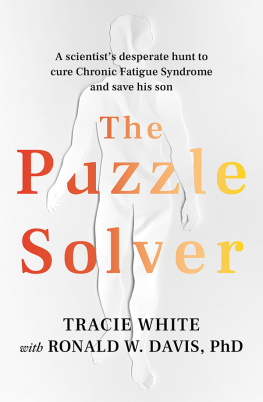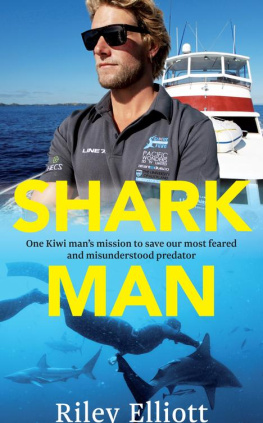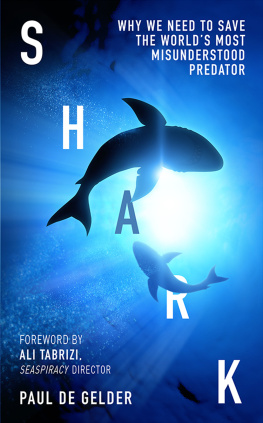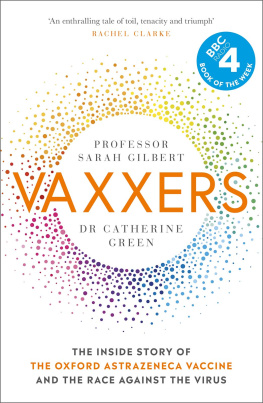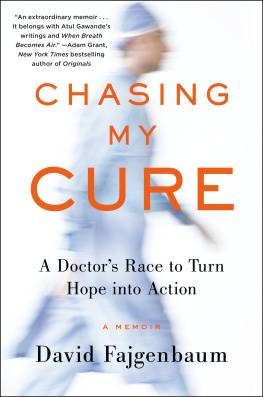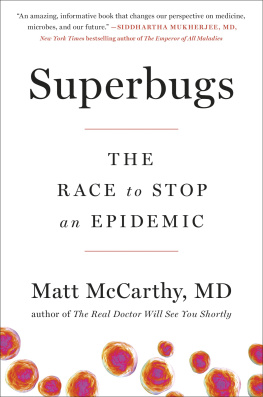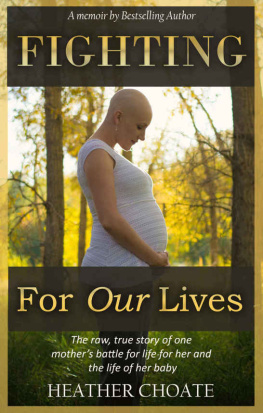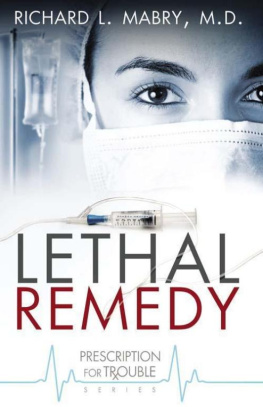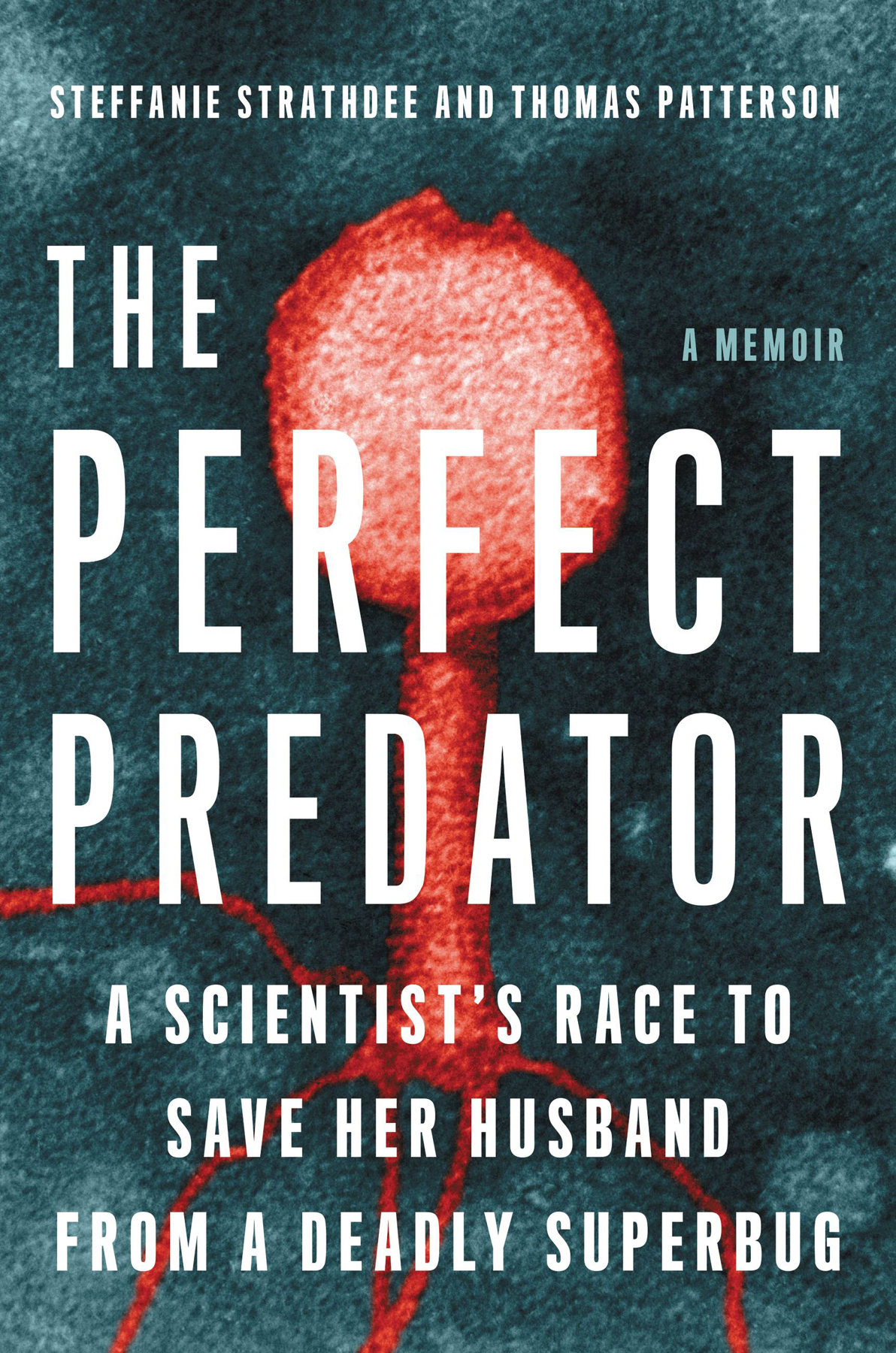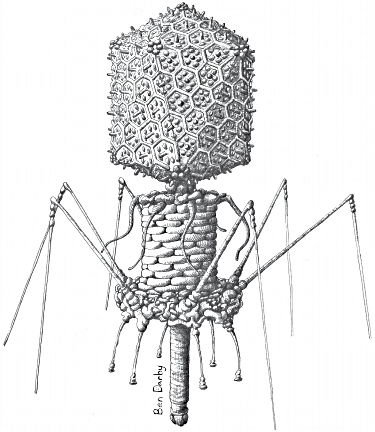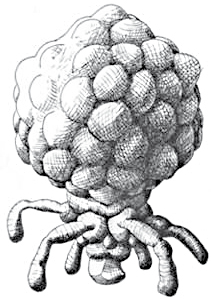Steffanie Strathdee - The Perfect Predator: A Scientist’s Race to Save Her Husband from a Deadly Superbug: A Memoir
Here you can read online Steffanie Strathdee - The Perfect Predator: A Scientist’s Race to Save Her Husband from a Deadly Superbug: A Memoir full text of the book (entire story) in english for free. Download pdf and epub, get meaning, cover and reviews about this ebook. year: 2019, publisher: Hachette Books, genre: Non-fiction / History. Description of the work, (preface) as well as reviews are available. Best literature library LitArk.com created for fans of good reading and offers a wide selection of genres:
Romance novel
Science fiction
Adventure
Detective
Science
History
Home and family
Prose
Art
Politics
Computer
Non-fiction
Religion
Business
Children
Humor
Choose a favorite category and find really read worthwhile books. Enjoy immersion in the world of imagination, feel the emotions of the characters or learn something new for yourself, make an fascinating discovery.

- Book:The Perfect Predator: A Scientist’s Race to Save Her Husband from a Deadly Superbug: A Memoir
- Author:
- Publisher:Hachette Books
- Genre:
- Year:2019
- Rating:3 / 5
- Favourites:Add to favourites
- Your mark:
The Perfect Predator: A Scientist’s Race to Save Her Husband from a Deadly Superbug: A Memoir: summary, description and annotation
We offer to read an annotation, description, summary or preface (depends on what the author of the book "The Perfect Predator: A Scientist’s Race to Save Her Husband from a Deadly Superbug: A Memoir" wrote himself). If you haven't found the necessary information about the book — write in the comments, we will try to find it.
Epidemiologist Steffanie Strathdee and her husband, psychologist Tom Patterson, were vacationing in Egypt when Tom came down with a stomach bug. What at first seemed like a case of food poisoning quickly turned critical, and by the time Tom had been transferred via emergency medevac to the world-class medical center at UC San Diego, where both he and Steffanie worked, blood work revealed why modern medicine was failing: Tom was fighting one of the most dangerous, antibiotic- resistant bacteria in the world.
Frantic, Steffanie combed through research old and new and came across phage therapy: the idea that the right virus, aka the perfect predator, can kill even the most lethal bacteria. Phage treatment had fallen out of favor almost 100 years ago, after antibiotic use went mainstream. Now, with time running out, Steffanie appealed to phage researchers all over the world for help. She found allies at the FDA, researchers from Texas A&M, and a clandestine Navy biomedical center-and together they resurrected a forgotten cure.
A nail-biting medical mystery,The Perfect Predatoris a story of love and survival against all odds, and the (re)discovery of a powerful new weapon in the global superbug crisis.
Steffanie Strathdee: author's other books
Who wrote The Perfect Predator: A Scientist’s Race to Save Her Husband from a Deadly Superbug: A Memoir? Find out the surname, the name of the author of the book and a list of all author's works by series.


